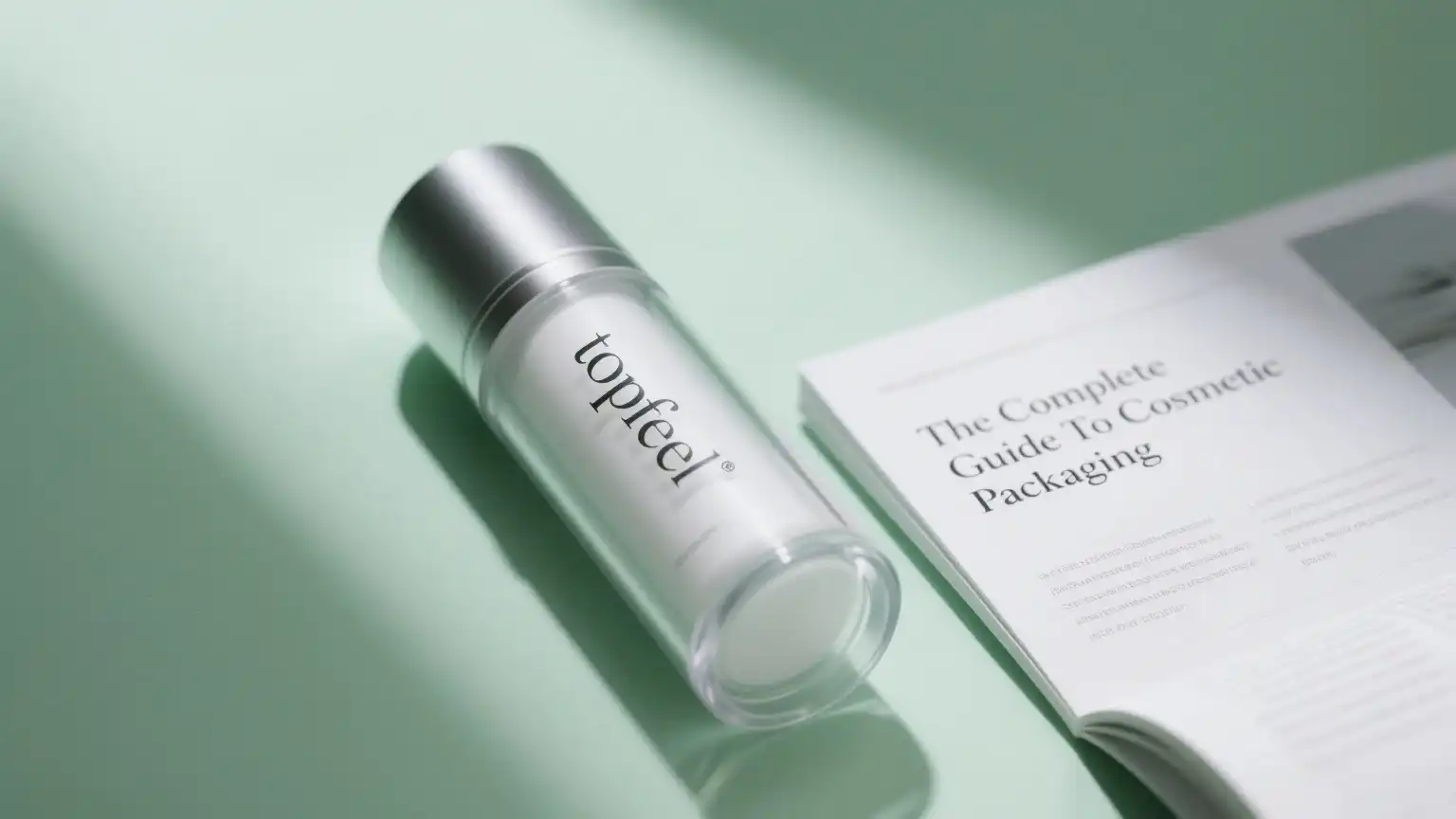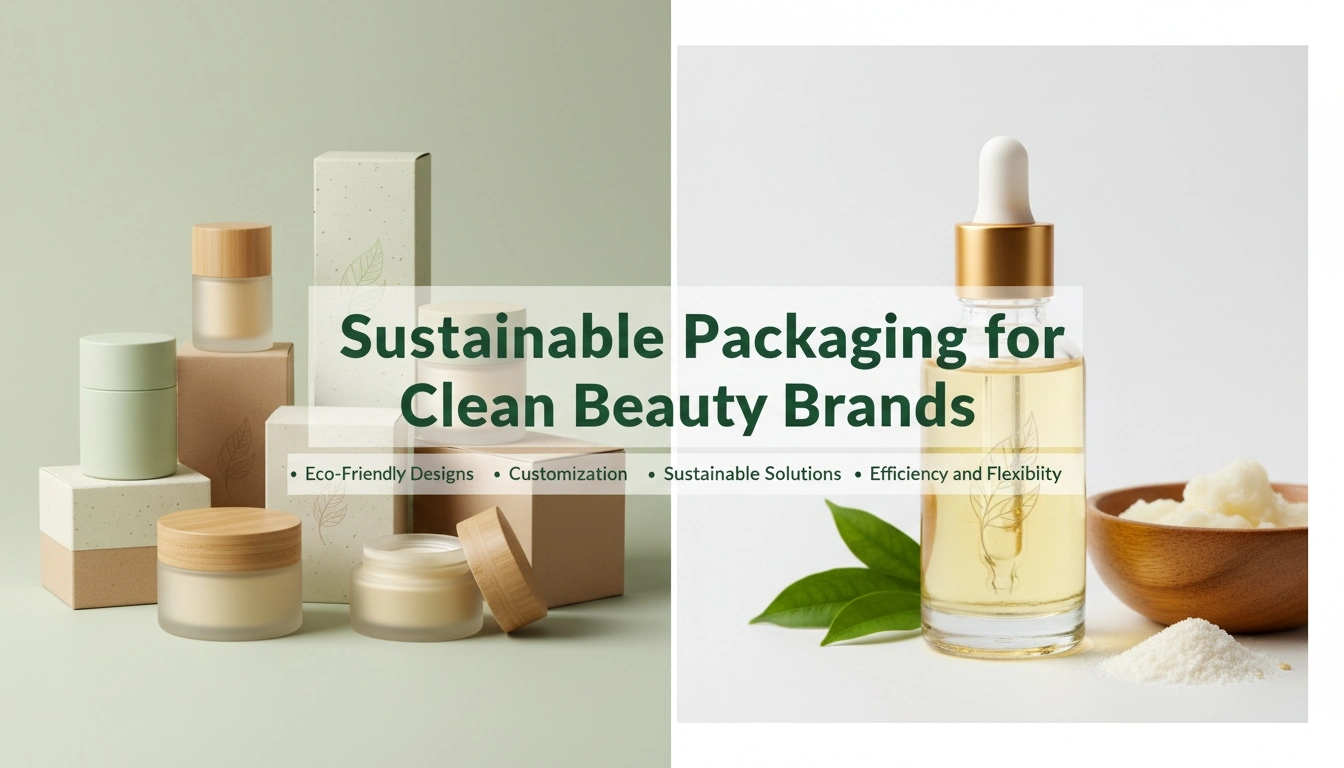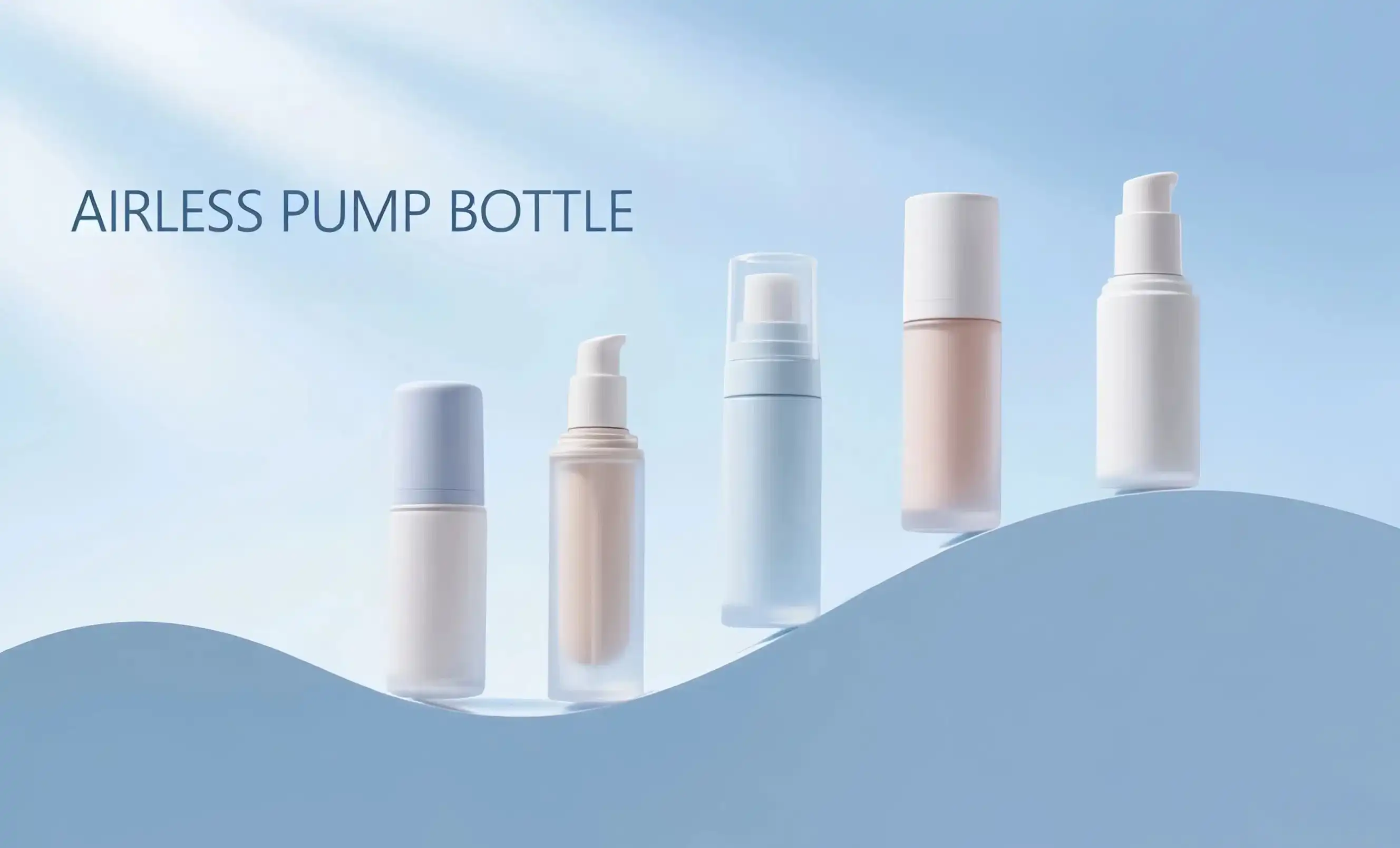How Does a Cosmetic Packaging Supplier Influence Product Success?
The impact of a cosmetic packaging supplier on product success cannot be overstated. In the beauty industry, where first impressions are paramount, packaging plays a pivotal role in capturing consumer attention and conveying brand identity. A proficient supplier brings more than just containers to the table; they offer a wealth of expertise, innovation, and quality assurance that can significantly enhance a product's market performance.
Elevating Brand Perception Through Design
One of the primary ways a cosmetic packaging supplier influences product success is through innovative design. In 2025, consumers are drawn to packaging that not only looks appealing but also offers functionality and sustainability. Suppliers who can provide unique, eye-catching designs that align with a brand's aesthetic while incorporating user-friendly features are invaluable. This could include airless bottles that preserve product integrity, precision droppers for serums, or eco-friendly materials that resonate with environmentally conscious consumers.
Ensuring Product Integrity and Longevity
Beyond aesthetics, a top-tier cosmetic packaging supplier ensures that the packaging protects and preserves the product. This is particularly crucial for sensitive formulations in skincare and cosmetics. Advanced packaging solutions, such as those offered by industry leaders, can significantly extend a product's shelf life by preventing air exposure and contamination. This not only maintains product efficacy but also enhances consumer satisfaction and trust in the brand.
Facilitating Regulatory Compliance
In the highly regulated cosmetics industry, packaging suppliers play a crucial role in ensuring products meet stringent safety and compliance standards. As of 2025, regulations around materials used in cosmetic packaging have become more stringent, particularly concerning environmental impact and consumer safety. A knowledgeable supplier stays abreast of these regulations, providing packaging solutions that comply with standards such as EU REACH, FDA requirements, and California's Proposition 65. This expertise is invaluable for brands, especially those expanding into new markets.
Must-Know Cosmetic Packaging Types for Startups & Established Brands
Understanding the diverse array of cosmetic packaging options is essential for both emerging startups and seasoned brands in the beauty industry. As we navigate through 2025, the packaging landscape continues to evolve, offering innovative solutions that cater to various product types and brand identities.
Airless Packaging: Preserving Product Integrity
Airless packaging has become a game-changer in the cosmetics industry, particularly for products with sensitive formulations. This technology prevents air from entering the container, thus preserving the product's efficacy and extending its shelf life. For startups launching high-end skincare lines or established brands looking to upgrade their packaging, airless bottles and pumps offer a premium solution that resonates with quality-conscious consumers.
Sustainable Packaging Options
In 2025, sustainability is no longer a trend but a necessity. Brands are increasingly opting for eco-friendly packaging solutions to align with consumer values and regulatory requirements. This includes:
- PCR (Post-Consumer Recycled) plastics
- Biodegradable materials
- Glass containers (which are infinitely recyclable)
- Refillable packaging systems
These options not only reduce environmental impact but also serve as a powerful marketing tool, appealing to the growing segment of eco-conscious consumers.
Customizable Packaging for Brand Differentiation
In a crowded market, unique packaging can set a brand apart. Cosmetic packaging suppliers now offer extensive customization options, allowing brands to create distinctive packaging that aligns perfectly with their identity. This includes:
- Custom mold designs for unique bottle shapes
- Special finishing techniques like gradient spraying or electroplating
- Advanced printing methods such as silk screen printing and hot stamping
These customization options enable brands to create packaging that serves as a tangible extension of their brand story and values.
Key Factors to Consider When Choosing Cosmetic Packaging Materials
Selecting the right materials for cosmetic packaging is a critical decision that impacts not only the product's integrity but also its market appeal and environmental footprint. As we progress through 2025, several key factors have emerged as crucial considerations for brands when choosing packaging materials.
Compatibility with Product Formulation
The primary consideration when selecting packaging materials is their compatibility with the product formulation. Different cosmetic products, whether they're liquids, creams, or powders, interact differently with packaging materials. For instance:
- Oil-based products may require packaging with superior barrier properties to prevent leakage and maintain product stability.
- Water-based formulations might need packaging that prevents moisture loss.
- Active ingredients in skincare products often require packaging that protects against light and air exposure to maintain efficacy.
Working closely with a reputable cosmetic packaging supplier can help brands identify the most suitable materials for their specific formulations, ensuring product integrity from production to consumer use.
Environmental Impact and Sustainability
In 2025, the environmental impact of packaging materials is a top priority for both consumers and regulators. Brands are increasingly seeking sustainable packaging solutions that minimize ecological footprint without compromising on quality or functionality. Key considerations include:
- Recyclability: Opting for materials that are widely accepted in recycling programs.
- Biodegradability: Choosing materials that break down naturally without harming the environment.
- Carbon footprint: Considering the environmental impact of material production and transportation.
- Use of recycled content: Incorporating post-consumer recycled (PCR) materials into packaging.
Sustainable packaging not only appeals to environmentally conscious consumers but also helps brands comply with increasingly stringent environmental regulations.
Functionality and User Experience
The functionality of packaging materials significantly impacts user experience, which in turn affects brand perception and customer loyalty. In 2025, consumers expect packaging that is not only aesthetically pleasing but also practical and easy to use. Considerations include:
- Dispensing mechanism: Ensuring precise and controlled product delivery, particularly important for liquid formulations.
- Portability: Lightweight materials for travel-friendly packaging.
- Durability: Resistance to breakage or deformation during shipping and use.
- Ease of application: Ergonomic designs that facilitate easy product application.
Innovative packaging solutions, such as airless pumps for serums or cushion compacts for foundations, can significantly enhance the user experience and set a product apart in the competitive cosmetics market.
Cost Considerations and Scalability
While premium packaging can elevate a brand's image, it's crucial to balance quality with cost-effectiveness, especially for startups and growing brands. Factors to consider include:
- Material costs: Balancing quality with affordability.
- Production scalability: Ensuring the chosen materials and designs can be produced at scale as demand grows.
- Minimum order quantities: Working with suppliers who offer flexible MOQs to manage inventory efficiently.
- Long-term cost implications: Considering potential savings from durable, reusable, or refillable packaging options.
Collaborating with a versatile cosmetic packaging supplier can help brands navigate these considerations, finding solutions that align with both their brand image and financial goals.
Regulatory Compliance and Safety
In the highly regulated cosmetics industry, ensuring that packaging materials comply with relevant safety standards and regulations is paramount. Key considerations include:
- Material safety: Ensuring materials are free from harmful chemicals and comply with regulations like EU REACH and California Proposition 65.
- Product protection: Choosing materials that maintain product stability and prevent contamination.
- Labeling requirements: Ensuring packaging can accommodate necessary product information and comply with labeling laws.
- Market-specific regulations: Considering varying packaging requirements for different global markets.
Working with a knowledgeable cosmetic packaging supplier who can provide necessary documentation (such as material safety data sheets and compliance certificates) is crucial for navigating the complex regulatory landscape.
In conclusion, the choice of cosmetic packaging materials in 2025 requires a holistic approach, balancing product protection, sustainability, user experience, cost-effectiveness, and regulatory compliance. By carefully considering these factors and partnering with an experienced cosmetic packaging supplier, brands can create packaging solutions that not only protect their products but also enhance their market appeal and align with their brand values.
Are you ready to elevate your cosmetic brand with innovative, sustainable packaging solutions? At Topfeelpack, we understand the unique challenges faced by skincare brands, makeup companies, and cosmetics manufacturers in today's fast-paced beauty industry. Our advanced airless bottles and custom packaging solutions are designed to meet the highest standards of quality, sustainability, and regulatory compliance. Whether you're a high-end skincare brand looking for premium packaging, a trendy makeup line seeking eye-catching designs, or a DTC brand in need of cost-effective yet high-quality options, we have the expertise and flexibility to meet your needs. With our fast customization process, competitive pricing, and quick delivery times, we're equipped to support your brand's growth and innovation. Don't let packaging limitations hold your products back. Contact us today at pack@topfeelgroup.com to discover how Topfeelpack can transform your cosmetic packaging strategy and help your brand shine in the competitive beauty market of 2025 and beyond.
References
- Johnson, E. (2024). "Sustainable Packaging Trends in the Cosmetics Industry: A 2025 Outlook." Journal of Cosmetic Science, 76(3), 215-230.
- Zhang, L., & Smith, A. (2025). "The Impact of Airless Packaging on Product Longevity in Skincare Formulations." International Journal of Cosmetic Engineering, 12(2), 89-104.
- Brown, M. (2023). "Consumer Perceptions of Eco-Friendly Cosmetic Packaging: A Global Survey." Sustainability in Beauty, 8(4), 302-318.
- Patel, R. (2024). "Regulatory Challenges in Cosmetic Packaging: A Comprehensive Review." Cosmetics & Toiletries Magazine, 139(6), 22-35.
- Garcia, S., & Lee, K. (2025). "Innovation in Cosmetic Packaging Materials: Balancing Functionality and Sustainability." Packaging Technology and Science, 38(5), 412-427.
- Wilson, T. (2024). "The Role of Packaging in Brand Differentiation: Case Studies from the Beauty Industry." Journal of Brand Management, 31(4), 178-195.


 - 副本_1745399213966.webp)

_1747827716538.webp)

